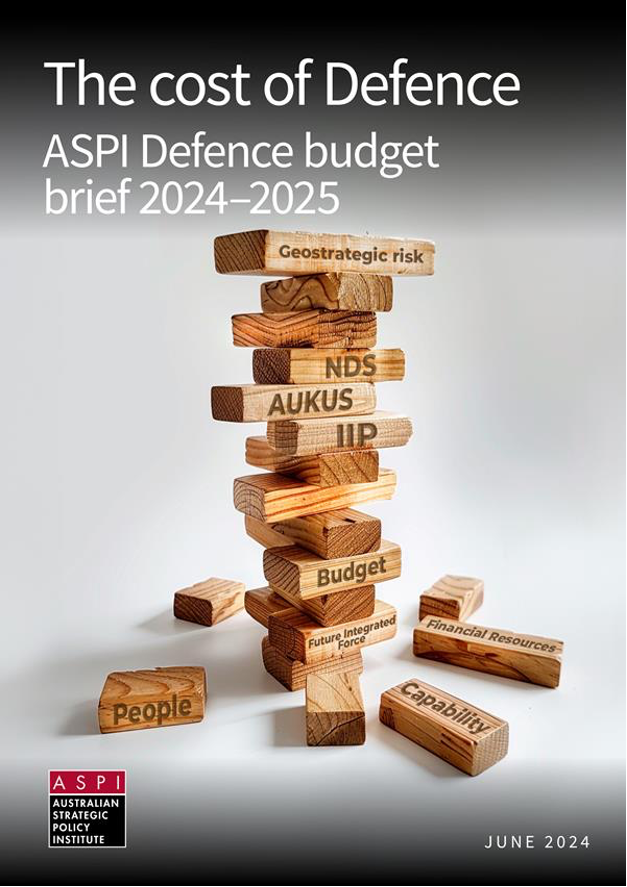The Australian Strategic Policy Institute has released its annual Cost of Defence analysis, concluding that this year’s defence budget puts investment in a holding pattern and that Australia would have to fight with the forces currently in its arsenal if conflict were to break out in the next decade.


